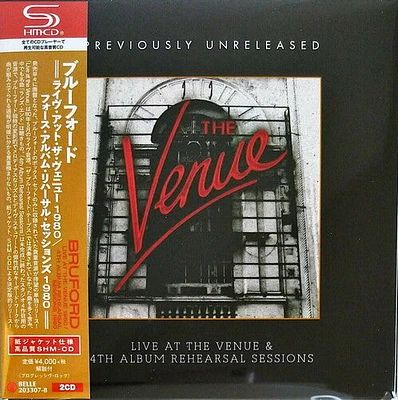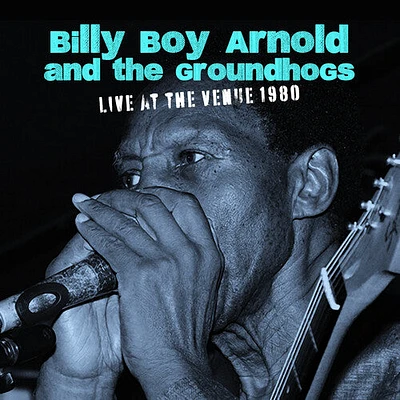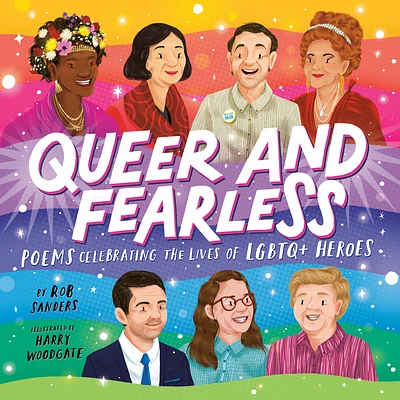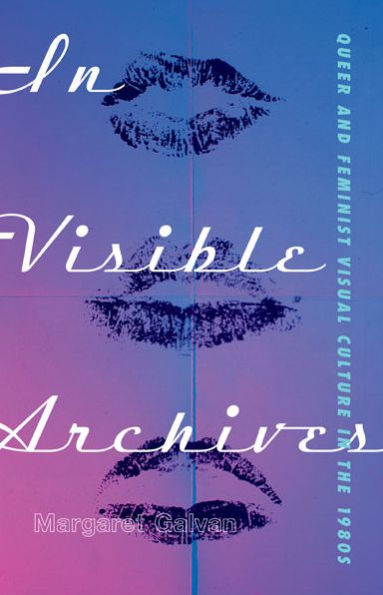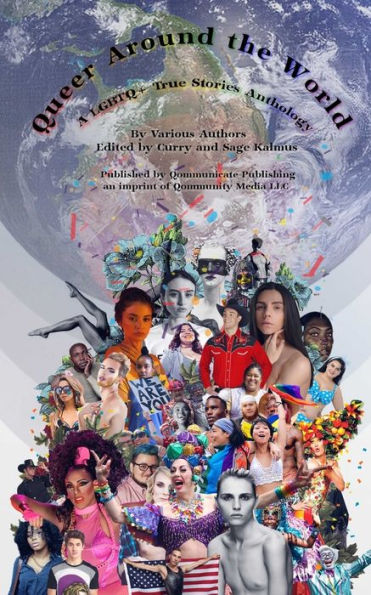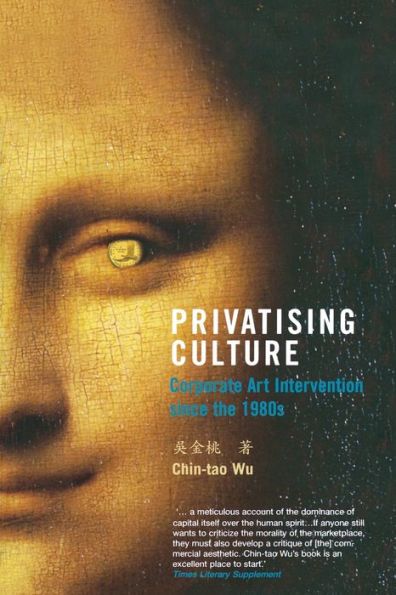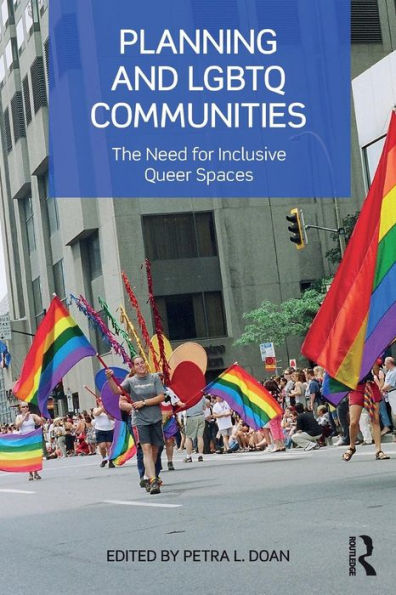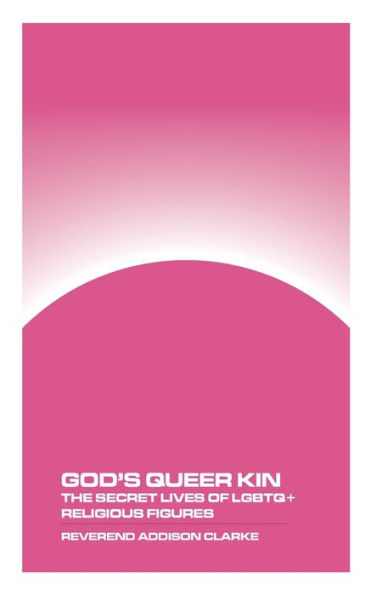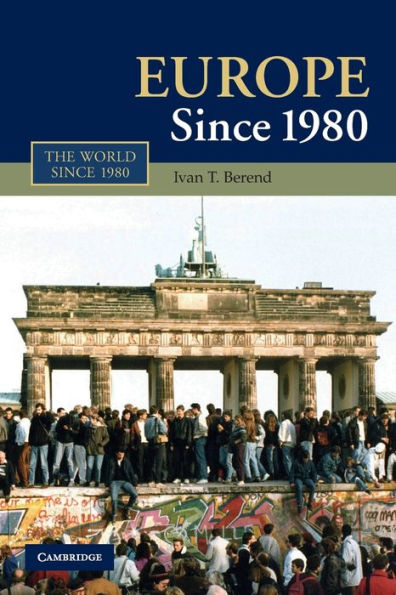Home
Queer Premises: LGBTQ+ Venues London since the 1980s
Loading Inventory...
Barnes and Noble
Queer Premises: LGBTQ+ Venues London since the 1980s
Current price: $100.00
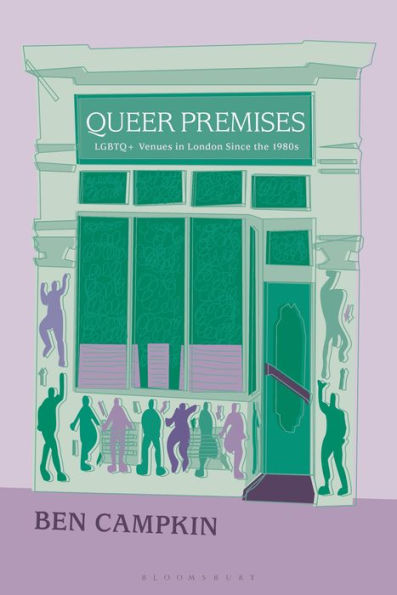

Barnes and Noble
Queer Premises: LGBTQ+ Venues London since the 1980s
Current price: $100.00
Loading Inventory...
Size: Hardcover
*Product Information may vary - to confirm product availability, pricing, and additional information please contact Barnes and Noble
Queer premises
provide vital social and cultural infrastructure – a queer infrastructure – connecting different generations and locations, facilitating the movement of resources, across and beyond the city.
Queer Premises
offers evidence for how London's diverse LGBTQ+ populations have embedded themselves into urban space, systems and resources. It sets out to understand how, across their different material dimensions, bars, cafés, nightclubs, pubs, community centres, and hybrids of these typologies, have been imagined, created and sustained. From the 1980s to the present, Campkin asks how, where, and why these venues have been established, how they operate and the purposes they serve, what challenges they face and why they close down.
provide vital social and cultural infrastructure – a queer infrastructure – connecting different generations and locations, facilitating the movement of resources, across and beyond the city.
Queer Premises
offers evidence for how London's diverse LGBTQ+ populations have embedded themselves into urban space, systems and resources. It sets out to understand how, across their different material dimensions, bars, cafés, nightclubs, pubs, community centres, and hybrids of these typologies, have been imagined, created and sustained. From the 1980s to the present, Campkin asks how, where, and why these venues have been established, how they operate and the purposes they serve, what challenges they face and why they close down.
